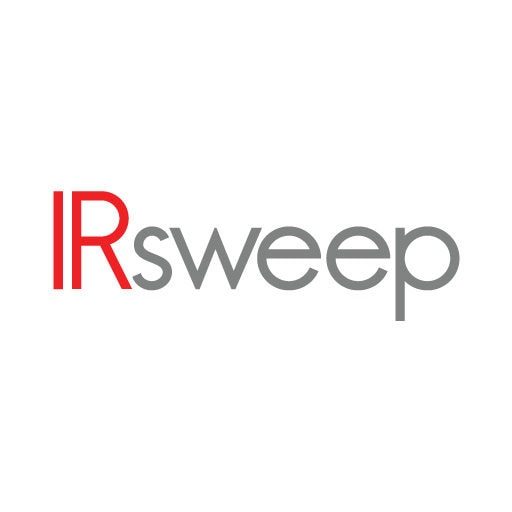High-temperature reactions kinetics provides an exciting and highly challenging proving ground for the IRis-F1 quantum-cascade-laser-based dual-comb spectrometer (DCS).
This application space was assessed together by IRsweep and Professor Ronald Hanson‘s shock tube laboratory at Stanford University. This study involved a proof-of-concept experimental campaign that involved the integration of a QCL-DCS with a shock tube facility.
The webinar was held on 14 May 2020.
Overview
In this study, a 1.0 ms high-temperature reaction between propyne and oxygen was studied. The DCS interfaced with a shock tube that was used to shock-heat 2% p-C3H4/18% O2/Ar to temperatures where the mixture would combust (over 1200 K and approximately 3 atm).
The spectrometer used consisted of two free-running, non-stabilized frequency combs each emitting at 179 wavelengths between 1174 and 1233 cm−1. A free spectral range, ƒr, of 9.86 GHz and a difference in comb spacing, Δƒr, of 5 MHz, enabled a theoretical time resolution of 0.2 µs but the data was time-integrated down to as fast as 4 µs and assessed.
The accuracy of the spectrometer was monitored using a suite of independent laser diagnostics and this presentation discusses both good agreement and other challenges that are now areas of future study. The use of dual-comb spectrometer’s with good time resolution provide an intriguing opportunity for the measurement and interrogation of the high-temperature evolving spectra of harsh and dynamic environments.
14 May 2020 – CET
Speakers

Markus Geiser
The webinar will be hosted by Markus Geiser, who co-founded IRsweep after completing his PhD in physics at ETH Zurich in the group of Jérôme Faist.

Nicolas Pinkowski
Joining the panel will be Nicolas Pinkowski, NDSEG Fellow and Graduate Research Assistant with the Hanson Group, Stanford University.
